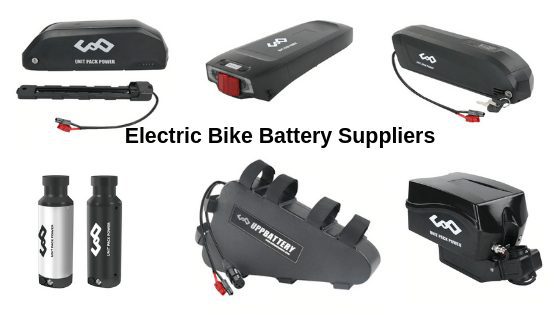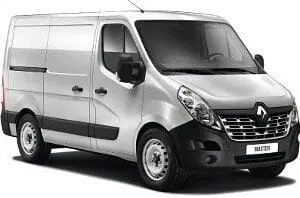
What battery for eBike? – Velobekan – Electric bike
Content
What kind of battery for eBike?
Where to place the battery?
This may not be the first question you have been asked, but it is an important point if you are using your bike to carry groceries or a baby.
A battery at the rear of the seat tube makes the bike longer and less manoeuvrable. This is an unattractive solution for folding bikes with smaller wheels. This is often not compatible with child seats.
The battery in the rear rack is the most common solution today. Make sure the rack is compatible with the accessories you want to add to your bike.
If you would like to use a rack for carrying, we recommend choosing a bike with a battery attached to the frame or to the front of the bike.
A battery on the down tube of the bike helps to lower the center of gravity. It is ideal for touring bikes with up to 100 liters of luggage on tall frames (also called diamond or men's frames) or trapezoidal frames.
The front battery is ideal for city bikes as it reduces weight on the front wheel and allows you to use any rear rack (short, long, half-tandem, Yepp Junior seat, lowrider, etc.). If you choose front luggage rack Amsterdam Air pickup (one that does not destabilize the bike even with a 12 liter water pack), we recommend installing the battery under front luggage rack or in the trunk of a rattan.
What is the battery technology for your eBike?
The flourishing of the electric bike is associated with the emergence of a new battery technology: lithium-ion batteries.
In addition, the development of the same type of battery has enabled the recent birth of the American electric vehicle manufacturer Tesla.
The first e-bikes we used had 240 Wh and autonomy from 30 to 80 km - two 12-volt lead batteries with a total weight of 10 kg, to which the weight of the casing had to be added. These batteries were heavy and bulky.
Today, a lithium-ion canister battery with a capacity of 610 Wh (autonomy between 75 and 205 km) weighs only 3,5 kg and its small size makes it easy to fit on a bike.
1 kg of lead battery = 24 Wh
1 kg lithium-ion battery = 174 Wh
Consumption per bike kilometer from 3 to 8 Wh.
The power-to-weight ratio of lead battery and lithium ion battery is 1 to 7.
Between these two technologies we have seen nickel batteries, one generation of which is known for its memory effect; you had to wait until the battery is completely discharged before charging it, otherwise you risked seeing the battery capacity decrease dramatically.
This memory effect made a strong impression.
Lithium-ion batteries do not have this memory effect and can be charged even if they are not fully discharged.
In terms of the lifespan of lithium-ion batteries, we note that those used on a daily basis and usually maintained have a lifespan of 5 to 6 years and 500 to 600 charge / discharge cycles. After this period, they continue to work, but their capacity decreases, which requires frequent recharging.
Warning: We've also seen that the batteries are about to expire after just 3 years. Most often this is a battery that is undersized for use (eg 266 Wh on a Babboe E-Big scooter). Therefore, based on experience, it is preferable to take a battery whose capacity exceeds its initial requirement.
What capacity is for what autonomy ?
Battery capacity is the size of your energy storage device. For a petrol car, we measure the tank size in liters and consumption in liters per 100 km. For a bike, we measure tank size in Wh and consumption in watts. The maximum rated consumption of an electric bicycle motor is 250W.
Battery capacity is not always clearly indicated by the manufacturer. But don't worry, it's still easy to calculate.
Here's the secret: if your battery is 36 volts 10 Ah, its capacity is 36 V x 10 Ah = 360 Wh.
Do you want to rateautonomy average value of your battery? This varies greatly depending on many parameters.
The table below shows autonomies which we have seen on the bicycles of our equipped clients.
These are:
– if the stops are frequent, the assistance consumes much more, and therefore in the city you should take into account a lower range value;
– assistance consumes more if you are driving loaded and going uphill;
- for everyday use, see large in capacity; you will spread the recharge and the battery will last longer.
